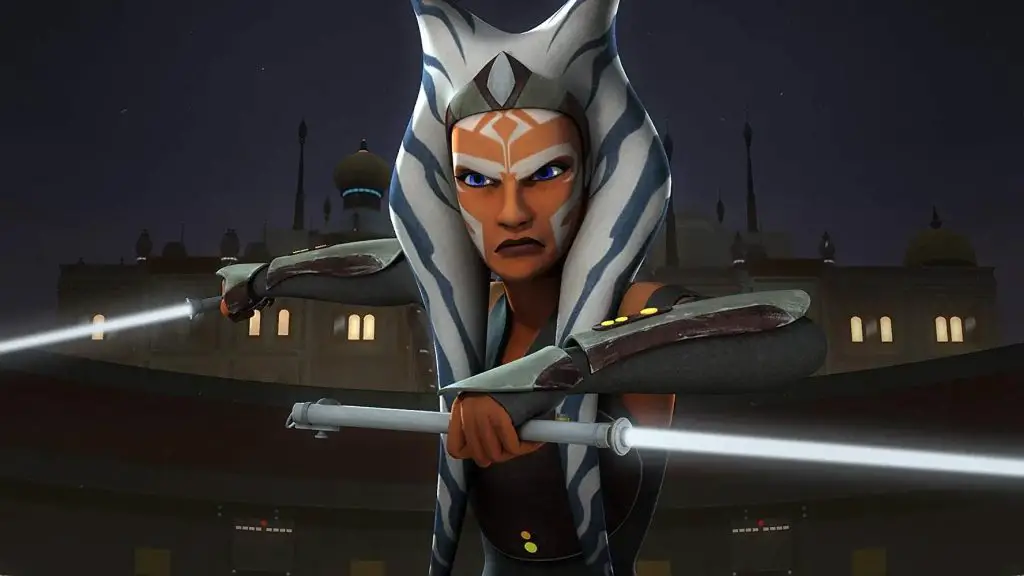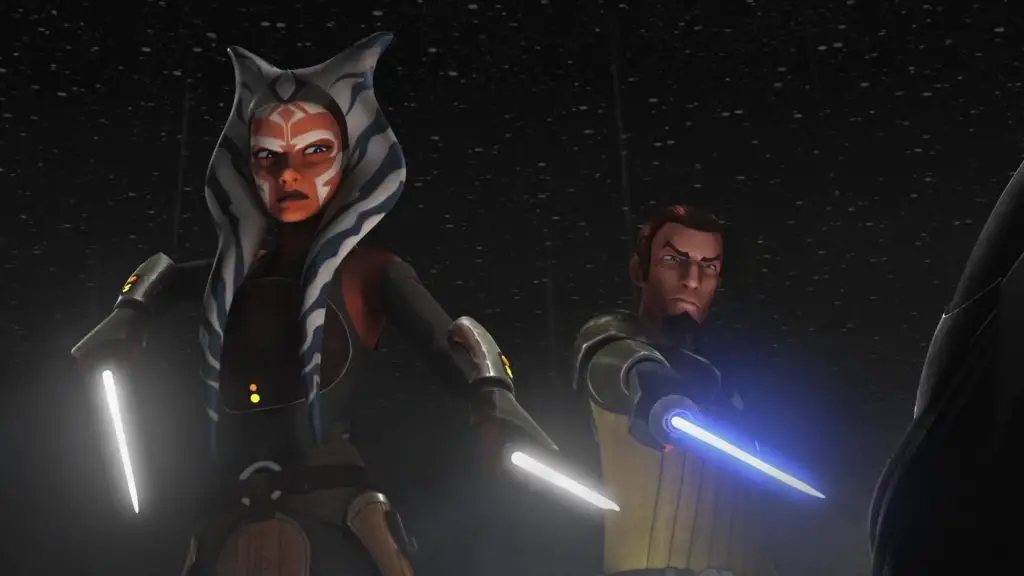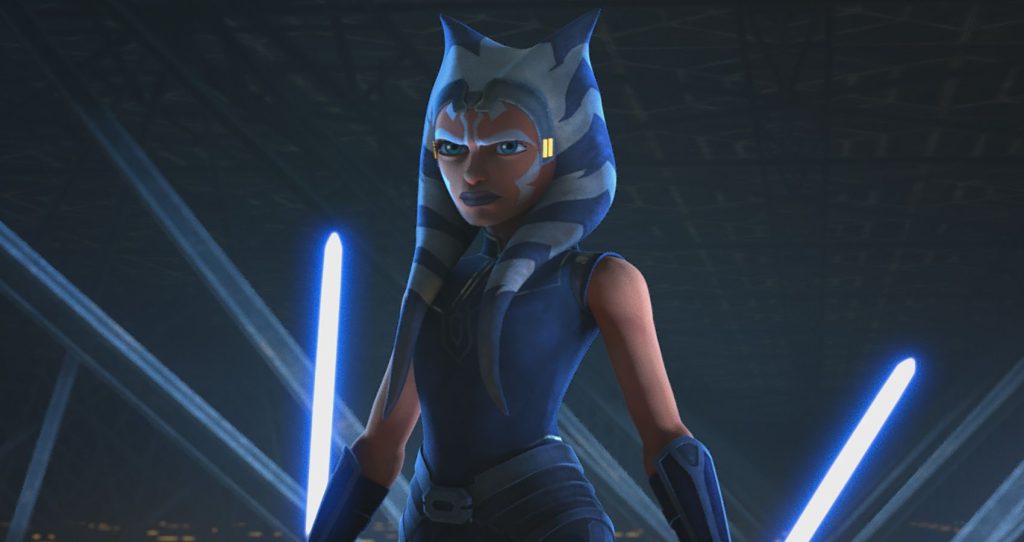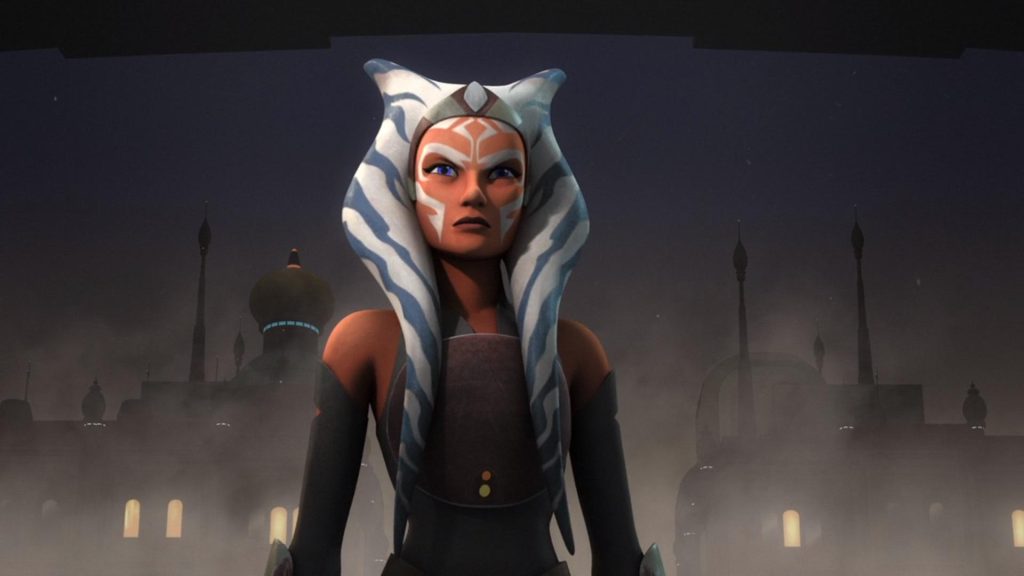There’s a persistent, unjust stereotype that animation is a genre specifically for children, resulting in its frequent undervaluing. Enter “Star Wars: Rebels,” a series that demolishes that misconception. While Dave Filoni’s animated opus takes the foundational elements of George Lucas’s revered trilogy and expands upon them, the series remains deeply rooted in the original spirit of Star Wars. Not convinced? Its pivotal characters have seamlessly transitioned from the animated realm into Filoni’s forthcoming live-action series, Ahsoka. It stands as irrefutable proof of Rebels’ weight in the Star Wars tapestry.
For every Star Wars enthusiast, delving into “Rebels” is non-negotiable. Even the skeptical will find themselves captivated by its grandeur and the purity of its storytelling. Yet, for those primarily aiming for an introduction before diving into Ahsoka, a pair of episodes from Season 4 offers the essence of what makes this show an unparalleled masterpiece.
The Heartbeat of “Rebels”: Its Intricate Plot and Dynamic Characters

As a prelude to the original “Star Wars: A New Hope,” “Rebels” transports us five years back, spotlighting the nascent Rebellion. Through the adventures of the six diverse members of the Ghost crew, the series depicts their relentless efforts against the formidable Empire and their evolution as the backbone of the impending Rebel Alliance. From Ezra Bridger’s journey as a budding Jedi to the warrior prowess of Sabine Wren and the strategic brilliance of Hera Syndulla, each character adds a unique flavor to this Rebellion tale. Alongside these primary figures is Ahsoka Tano, the animated sensation, whose intersection with the Ghost crew in Seasons 2 and 4 amplifies the narrative.
The intricate relationships within the Ghost crew elevate “Rebels” beyond mere animation. Despite its accessibility to younger audiences, the narrative is far from simplistic. It presents a layered exploration of individual struggles against the vast, looming shadow of the Empire. Over four seasons, the series blossoms, presenting a saga that rivals, if not surpasses, its live-action counterparts.
Intertwining Fates: The Connection between “Rebels” and “Ahsoka”

Hints of the Rebels universe have already begun emerging in the Ahsoka series, from familiar characters to evolving plot lines. Two episodes from “Rebels” Season 4 — Episodes 10 and 11 — offer a poignant narrative that delves deep into the emotional and thematic essence of the show. This duet of episodes, especially “Jedi Night,” encapsulates the spirit of sacrifice and resilience intrinsic to the Star Wars universe.
While the Rebel crew’s battle against the Empire on Ezra’s homeland, Lothal, serves as a climactic showdown, it’s Kanan Jarrus’s selfless act that stands out as a highlight. His demise, while heartbreaking, is emblematic of the core values of the Jedi. The emotional intensity of this episode reverberates throughout the series and undoubtedly will echo in the upcoming Ahsoka series.
The subsequent episode, “DUME,” further showcases the after-effects of such a monumental event. It paints a vivid picture of grief, resilience, and determination that shapes each character’s path. This emotional tapestry not only lays the foundation for the series climax but also sets the stage for Ahsoka’s narrative.
“Rebels”: An Indispensable Precursor to “Ahsoka”

Despite Ahsoka Tano’s iconic status within the Star Wars universe, her upcoming series draws heavily from the well of “Rebels.” The intricate intertwining of these two stories underscores the brilliance of Filoni’s vision. “Jedi Night” offers just a taste of the “Rebels” experience. However, to truly appreciate the genius of the forthcoming Ahsoka series, immersing oneself in the entirety of “Star Wars: Rebels” is a must.
In a galaxy filled with stories, “Star Wars: Rebels” shines brilliantly, proving that its animated nature doesn’t lessen its significance. As “Ahsoka” is poised to premiere on Disney+ on August 23, one thing is clear: “Rebels” is not merely a prequel; it’s an essential chapter in the grand Star Wars narrative.


